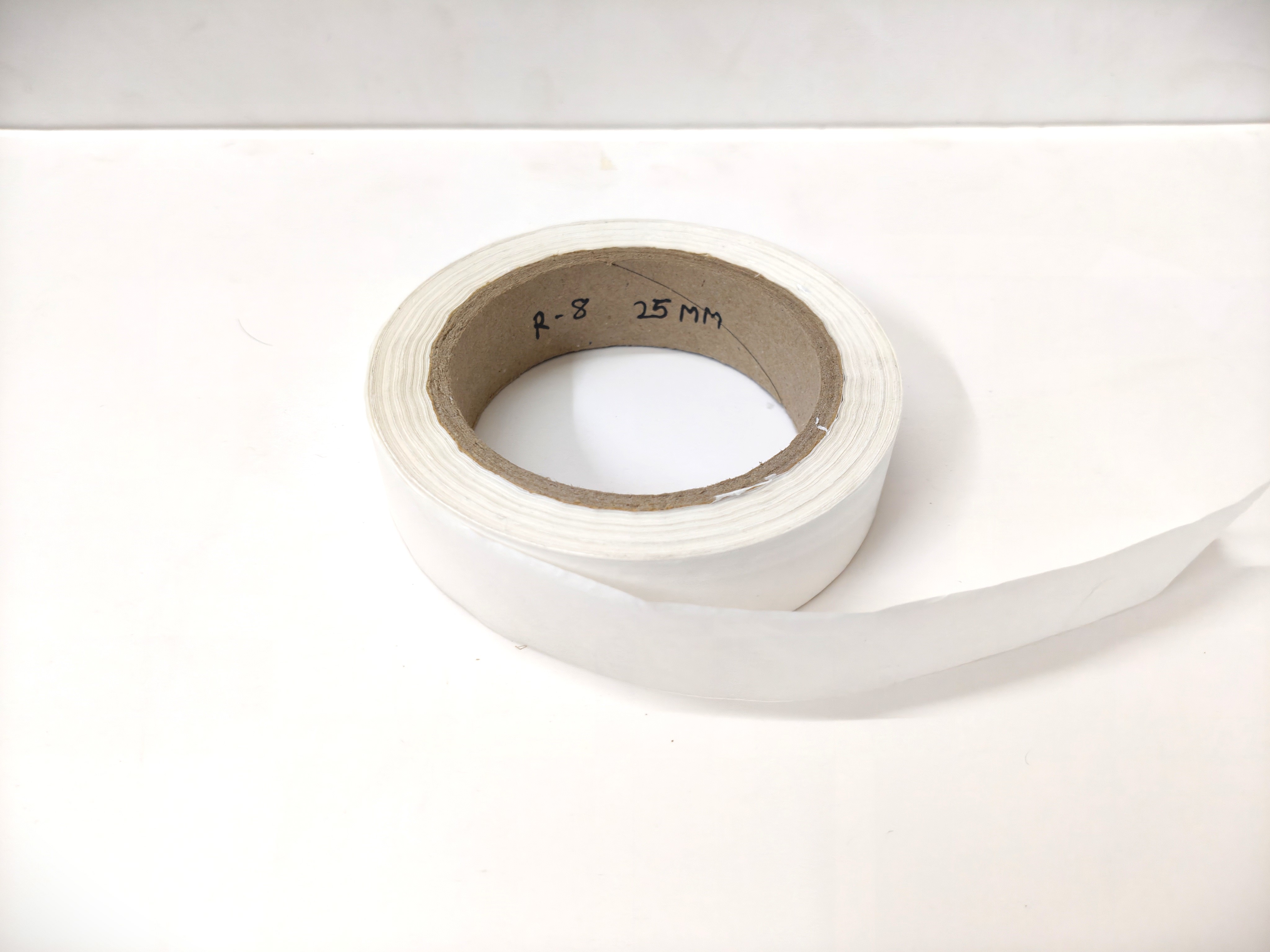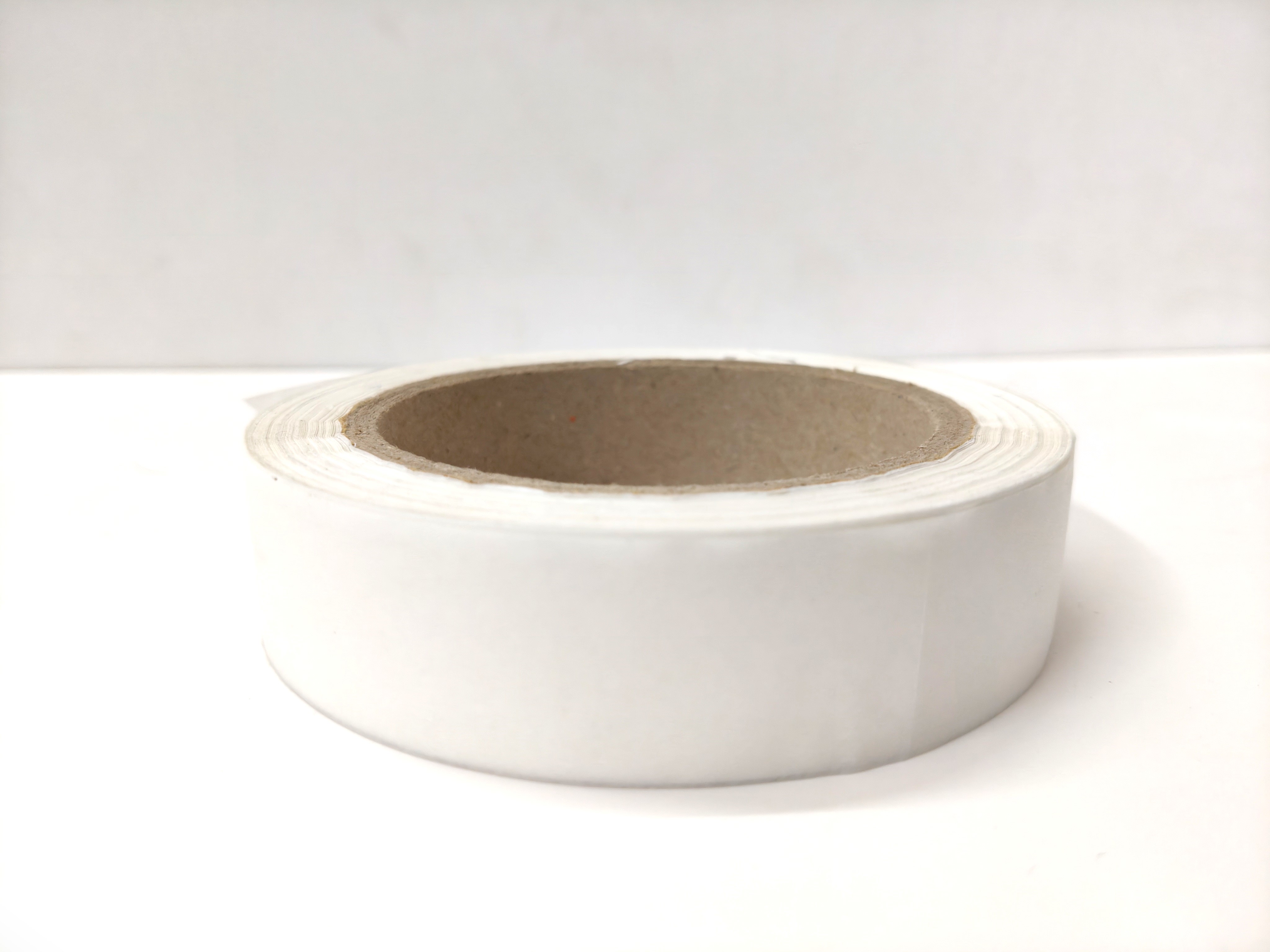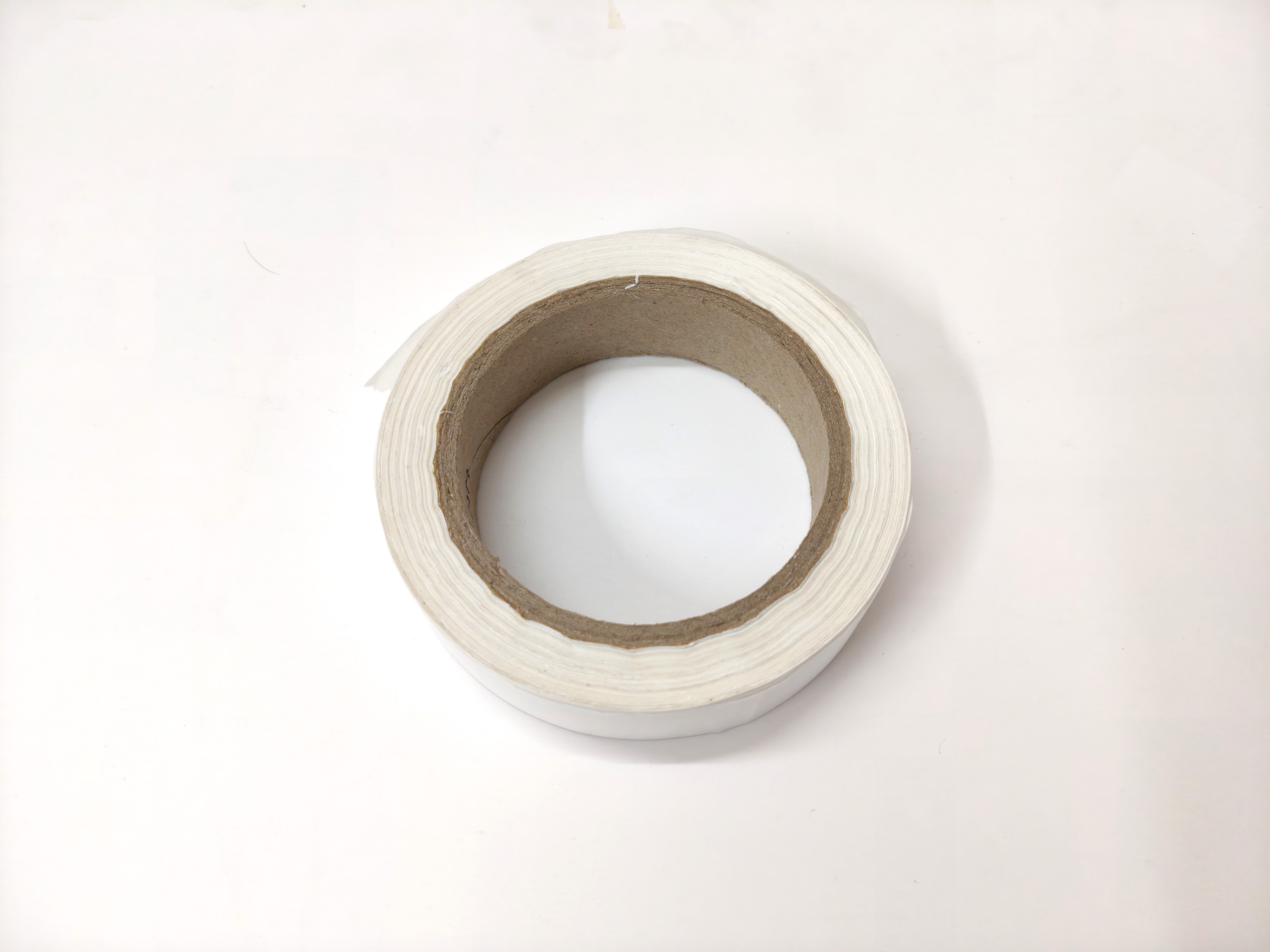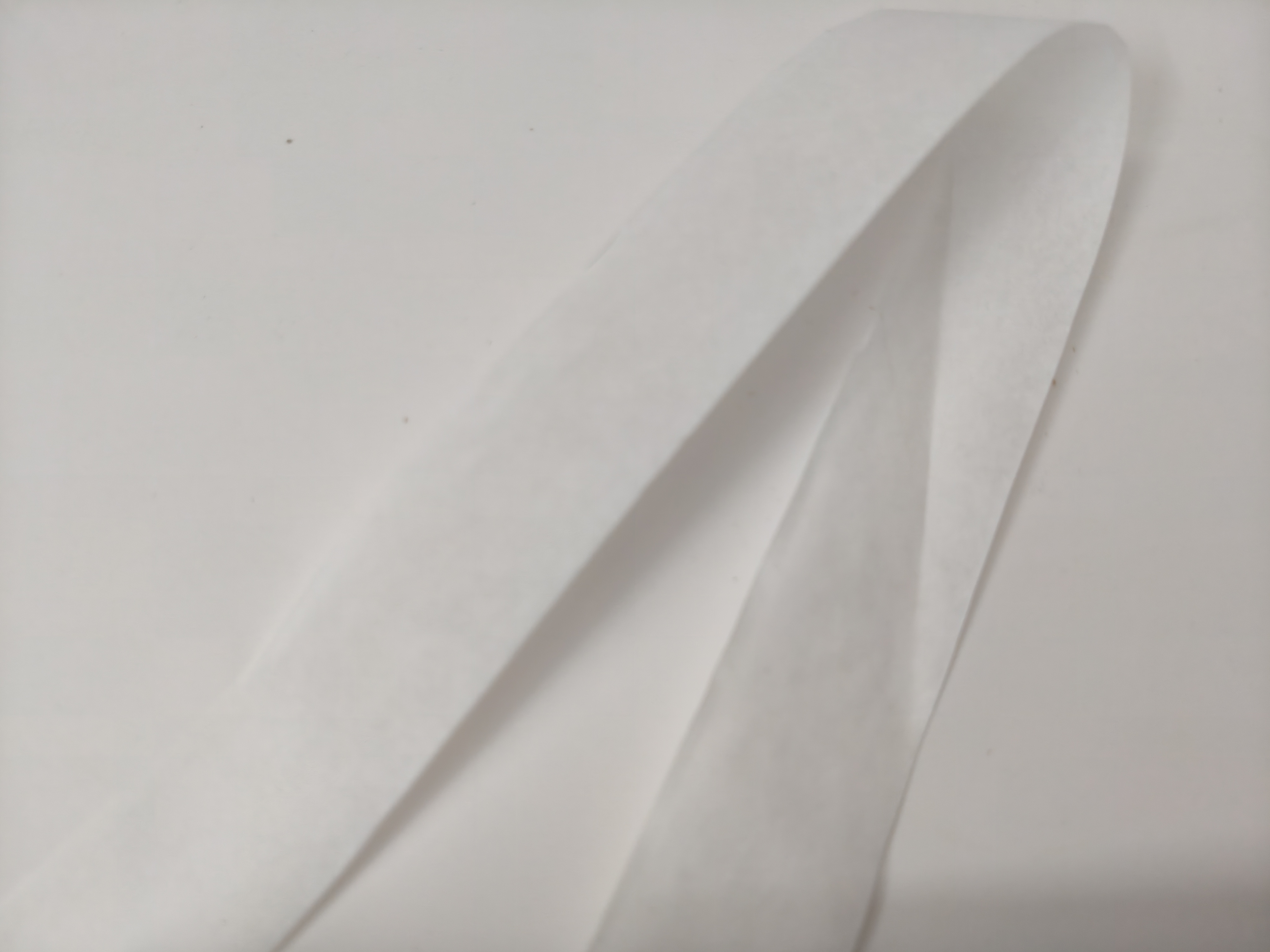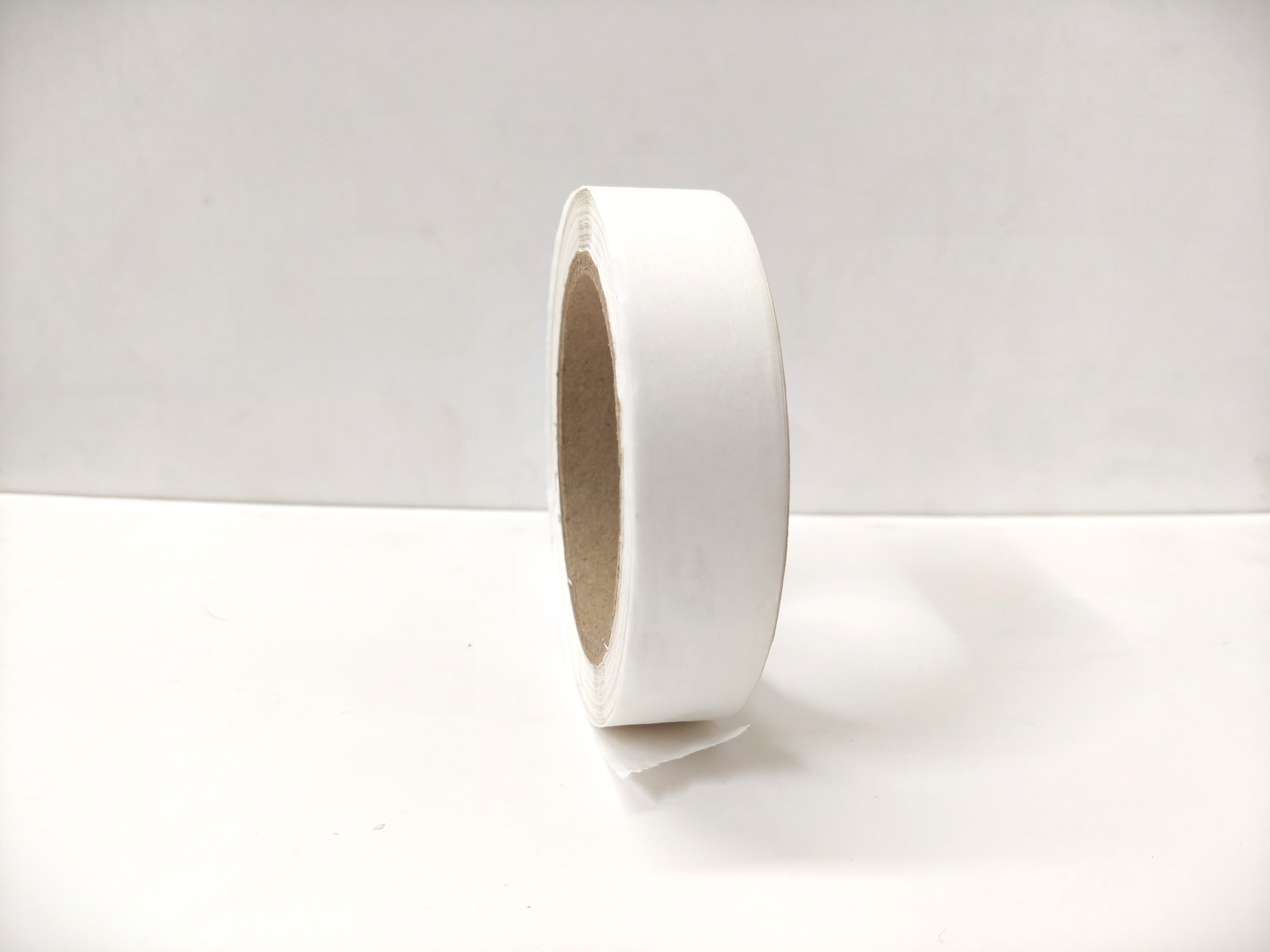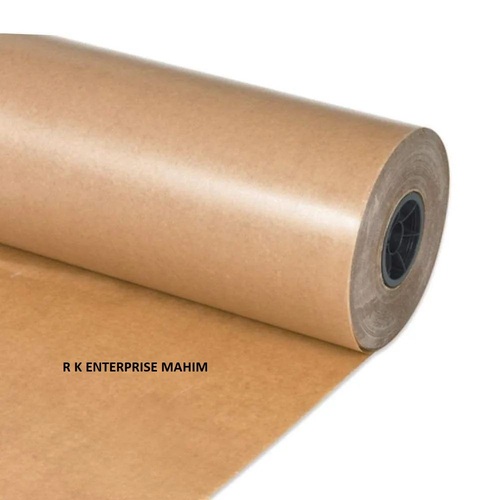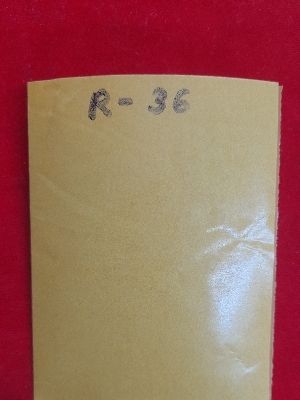Call : 07971584310
Coated One Side And 2mm Side Uncoated
120.00 INR/Kilometer
Product Details:
- Pulp Material Wood Pulp
- Pulp Type Chemical Mechanical Pulp
- Size Standard
- Color White
- Feature Waterproof
- Use Other
- Customization Yes
- Click to View more
X
Coated One Side And 2mm Side Uncoated Price And Quantity
- 120.00 INR/Kilometer
- 200 Bundle
Coated One Side And 2mm Side Uncoated Product Specifications
- Chemical Mechanical Pulp
- Waterproof
- White
- Standard
- Yes
- Rectangle
- Other
- Wood Pulp
Coated One Side And 2mm Side Uncoated Trade Information
- Cash Against Delivery (CAD) Cash on Delivery (COD) Cash Advance (CA) Cash in Advance (CID) Cheque
- 2000 Bundle Per Day
- 5 Days
- Packing is available on sheets & rolls formats as per customer preference, packing goods packed by paper packing, taped, goni, cartoon, PVC rapper finally dispatched.
- l l ' ' All India
- Glassing Uncoated Paper refers to a specific type of paper that combines an uncoated surface with a special treatment or finish called glassing. This finish is typically applied to make the paper smoother, glossy, and more durable, but unlike coated papers, it maintains its uncoated nature, meaning the paper is still able to absorb ink and is not as slick as fully coated alternatives.
Product Description
Glassing Uncoated Paper refers to a specific type of paper that combines an uncoated surface with a special treatment or finish called glassing. This finish is typically applied to make the paper smoother, glossy, and more durable, but unlike coated papers, it maintains its uncoated nature, meaning the paper is still able to absorb ink and is not as slick as fully coated alternatives.
Heres a deeper look into Glassing Uncoated Paper, its properties, and its uses:
1. What is Glassing Uncoated Paper?
- Uncoated Base: The paper retains an uncoated surface, which is more porous and allows for ink absorption, making it ideal for printing applications. Uncoated paper typically has a matte or natural finish, providing a more textured feel than coated papers.
- Glassing Finish: The "glassing" finish refers to a treatment that is applied to the uncoated paper, which adds a subtle shine or gloss to the surface. This finish enhances the smoothness of the paper, providing a sleek, polished look without fully coating it. It creates a reflective sheen while maintaining the texture of the uncoated side.
2. Properties of Glassing Uncoated Paper:
- Smooth but Non-Glossy: While the glassing treatment adds a sheen, it does not create the full high-gloss effect that you would find on a coated paper. The paper retains some of its natural texture but appears shinier and smoother.
- Ink Absorption: Unlike fully coated paper, glassing uncoated paper still absorbs ink, which gives it a unique, natural look. The ink does not sit on top of the paper, as it would on coated stock, but soaks in slightly, resulting in softer color tones and a more organic feel.
- Tactile Experience: The subtle glassing finish gives the paper a smooth but still somewhat textured feel, providing a premium look and a high-end tactile experience.
- Increased Durability: Glassing makes the paper stronger and more resistant to wear and tear. It can improve resistance to scuffing, light moisture, and general handling, while still maintaining a natural, uncoated feel.
- Matte & Gloss Hybrid: The paper achieves a hybrid finish with elements of both matte and gloss, depending on the intensity of the glassing treatment. This allows for the versatility of matte but with added sheen.
3. Applications of Glassing Uncoated Paper:
- Luxury Packaging: The unique look and texture make glassing uncoated paper ideal for high-end product packaging. It provides an elegant finish for luxury goods, cosmetics, and premium consumer products.
- Stationery: It is a great choice for premium stationery, business cards, invitations, and letterheads where a balance of tactile feel, smoothness, and sophistication is desired.
- Book Covers & Magazines: Glassing uncoated paper can be used for book covers, magazine covers, and other printed materials where both durability and high-quality printability are needed. The paper holds up well in handling and looks sophisticated, with a slight gloss that makes the design pop without overwhelming the content.
- Labels: It can also be used for product labels where durability, print quality, and a touch of sheen are necessary for visual appeal.
- Printing: The uncoated side allows for vibrant, rich ink colors with good clarity, making it ideal for print jobs requiring high detail but without the glossiness of fully coated materials.
4. Benefits of Glassing Uncoated Paper:
- Enhanced Appearance: The glassing finish gives the paper a polished, premium appearance without losing the tactile feel of uncoated paper, which is preferred by many for its natural, organic aesthetic.
- Printing Flexibility: Because the paper is uncoated, it still allows for a more natural ink absorption, which results in softer tones and better quality printing for designs that need a subtle, vintage, or earthy look.
- Durability: The glassing treatment adds extra durability and helps prevent the paper from fading, scratching, or becoming damaged during handling or use, making it more practical for certain applications, such as packaging or printed materials that require extra protection.
- Versatility: This paper type works well with a variety of printing techniques, including offset printing, digital printing, and letterpress printing. It is ideal for high-end marketing materials, business communications, and consumer goods packaging.
- Eco-friendly Option: Since the paper is uncoated, its generally more eco-friendly compared to fully coated papers. Uncoated papers are often made with fewer chemicals and can be more easily recycled.
5. Design Considerations for Glassing Uncoated Paper:
- Color Management: The glassing finish will affect how colors appear when printed. Darker tones and colors will appear softer, and lighter colors may have a more subtle, muted look. Ensure that your design accounts for these effects to avoid color misrepresentation.
- Texture Impact: The smoothness of the paper created by the glassing treatment can enhance fine details and intricate designs. However, be mindful that too much fine detail on areas with minimal contrast may not be as visible as on fully coated paper.
- Typography: Since the paper absorbs ink, fonts with strong contrast and clear shapes will stand out better. Consider using fonts that can be easily read in print, with a balance of thick and thin strokes.
- Finish Consistency: The glassing treatment should be evenly applied to ensure consistent quality across the entire paper. A patchy or uneven finish can disrupt the appearance of the printed design and the overall tactile feel.
6. Printing Process for Glassing Uncoated Paper:
- Ink Type: Since the paper is uncoated, the use of water-based inks or UV inks can help achieve vibrant, sharp prints. Consider testing ink types to ensure that they adhere well to the glassing-treated surface without smudging.
- Press Settings: Adjust the printing press settings to accommodate the papers unique surface. Ensure the print run uses appropriate pressure settings to ensure that fine details are captured without over-inking or smearing.
- Coating: Although the paper itself is uncoated, some printers may apply a light varnish or UV coating to enhance certain areas of the design, creating highlights or contrast with the natural texture of the glassing.
7. Example Use Cases for Glassing Uncoated Paper:
- High-End Chocolate Packaging: For a premium chocolate brand, a packaging design on glassing uncoated paper can make the logo and product name shine subtly without a glossy finish, creating an upscale, sophisticated look that appeals to consumers.
- Luxury Business Cards: A business card printed on glassing uncoated paper combines elegance with tactile quality, leaving a lasting impression while maintaining a natural feel that is often associated with eco-conscious brands.
Tell us about your requirement

Price:
Quantity
Select Unit
- 50
- 100
- 200
- 250
- 500
- 1000+
Additional detail
Mobile number
Email
Other Products in 'Silicon Coated Paper' category
 |
G K ENTERPRISE
All Rights Reserved.(Terms of Use) Developed and Managed by Infocom Network Private Limited. |

 Send Inquiry
Send Inquiry